The Historical Archive of Azcapotzalco is a small collection of archaeological artifacts and a much larger collection of texts and documents. The Archive is perhaps best-known for housing the striking mural, Origen y Trascendencia del Pueblo Tepaneca, completed by artist Antonio Padilla Pérez in 2004.
The collection includes some 10,000 digitized texts and images. Porfiriato-era street maps, and early paintings on the apparitions of the Virgen de Guadalupe are among the collection highlights.
The building was originally a pump house built in 1943. It was intended to water the gardens of the historic center of Azcapotzalco. It was later an aquarium house and part of the administrative offices of the gardens.
It’s an almost hidden building within the remaining Pemex administrative section of the old Refinery grounds. On the north side, the gates are on avenida 5 de Mayo. That means, though, that much of the Historical Archive of Azcapotzalco is surrounded by the Parque Bicentenario. Today the park covers most of the old Refinery. Visits to the archives are thus complemented easily by a trip to the park and the Orchid farm. The east side of the Center of Azcapotzalco, including the striking Chapel of San Salvador Nextengo are just a few blocks north and east. All of this is just a few minutes walk from the Refinería Metro Station.
 +52 (55) 2873 2534
+52 (55) 2873 2534

Nearest at 0.37 kms.
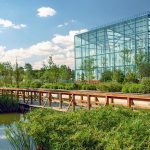
Nearest at 0.50 kms.
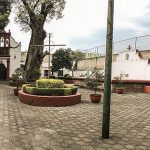
Nearest at 0.55 kms.
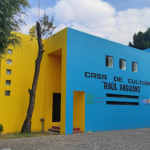
One of the most beloved and busiest cultural centers in Coyoacán.
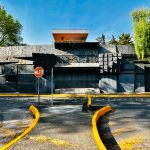
Magnificent mural work from one of Mexico's great monumental sculptors . . .
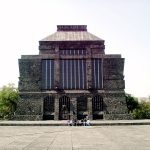
Initially intended as but one part of a City of the Arts, today's Anahuacalli Museum is a far more contemporary space than you might imagine.
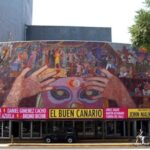
A 1953 arts theater and major mid-city landmark...

Dramatic, even awe-inspiring, nearly the entire complex is closed to the public.